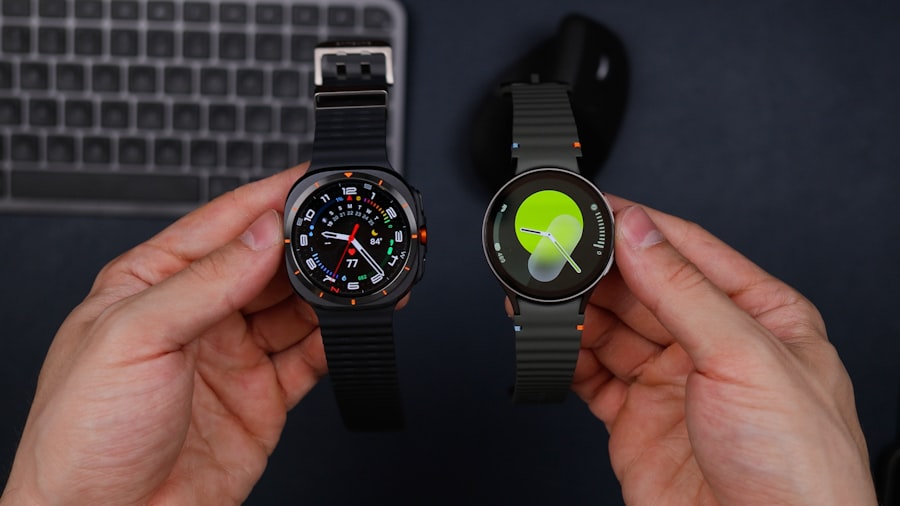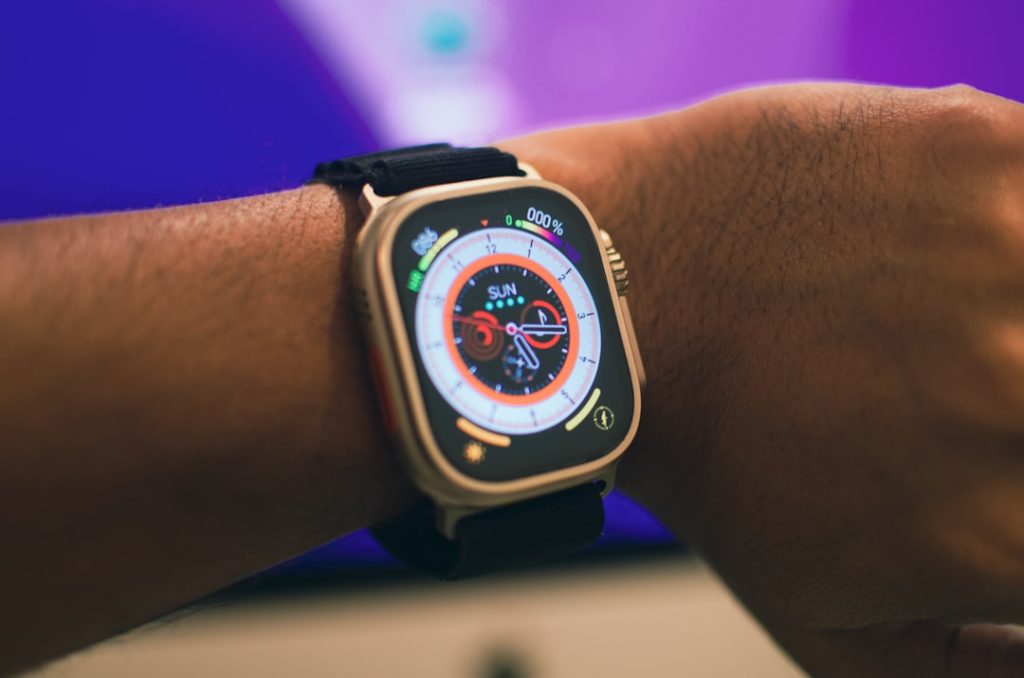As we step into 2025, the landscape of diabetes management has transformed significantly, largely due to the advancements in Continuous Glucose Monitoring (CGM) technology. This innovative approach has revolutionized how we monitor glucose levels, providing real-time data that empowers us to make informed decisions about our health. Gone are the days of relying solely on fingerstick tests; CGM devices now offer a seamless way to track glucose fluctuations throughout the day and night.
This shift not only enhances our understanding of our bodies but also allows us to engage more actively in our diabetes management. The rise of CGM technology has been a game-changer for individuals living with diabetes, as well as for healthcare providers. With the ability to receive alerts for high and low glucose levels, we can take proactive measures to prevent complications.
The integration of CGM into our daily routines has fostered a sense of control and confidence, enabling us to lead healthier lives. As we delve deeper into the advancements and features of CGM devices, it becomes clear that this technology is not just a tool; it is a vital partner in our journey toward better health.
Advanced Technology and Features of CGM Devices
The technological advancements in CGM devices have been nothing short of remarkable. In 2025, we find ourselves equipped with devices that are smaller, more accurate, and packed with features that enhance their usability. Many CGM systems now utilize advanced sensors that can provide glucose readings every few minutes, allowing us to stay informed about our glucose levels in real time.
These sensors are often designed to be worn comfortably on the body for extended periods, minimizing the need for frequent replacements and making them more user-friendly. Moreover, the integration of artificial intelligence (AI) into CGM technology has opened new avenues for personalized diabetes management. AI algorithms analyze our glucose data, identifying patterns and trends that can inform our dietary choices and activity levels.
This level of insight enables us to make adjustments that can lead to improved glycemic control. Additionally, many CGM devices now come equipped with smartphone applications that allow us to visualize our data in intuitive ways, making it easier to understand our glucose patterns and share this information with healthcare providers.
Integration with Other Health Monitoring Systems

One of the most exciting developments in CGM technology is its integration with other health monitoring systems. In 2025, we are witnessing a convergence of health technologies that allows us to track not only our glucose levels but also other vital health metrics such as heart rate, physical activity, and even sleep patterns. This holistic approach to health monitoring provides us with a comprehensive view of our well-being, enabling us to make more informed lifestyle choices.
For instance, many CGM devices now sync seamlessly with fitness trackers and smartwatches, allowing us to correlate our glucose levels with physical activity. This integration helps us understand how exercise impacts our blood sugar levels and encourages us to maintain an active lifestyle. Furthermore, some systems even connect with telehealth platforms, facilitating real-time communication with healthcare professionals.
This connectivity ensures that we receive timely support and guidance, ultimately leading to better diabetes management outcomes.
Improved Accuracy and Reliability of CGM Readings
As we navigate through 2025, one of the most significant improvements in CGM technology is the enhanced accuracy and reliability of readings. Early iterations of CGM devices faced challenges related to calibration and sensor accuracy; however, recent advancements have addressed these issues head-on. Today’s CGM systems utilize sophisticated algorithms and advanced sensor technology that provide readings closely aligned with traditional blood glucose measurements.
This increased accuracy is crucial for us as individuals managing diabetes. It reduces the risk of false alarms or missed alerts, allowing us to trust the data we receive from our devices. With reliable readings at our fingertips, we can make more confident decisions regarding insulin dosing, dietary choices, and physical activity.
The peace of mind that comes from knowing our CGM device is providing accurate information cannot be overstated; it empowers us to take charge of our health with greater assurance.
Personalized and Customizable CGM Settings
In 2025, personalization has become a cornerstone of CGM technology. We now have the ability to customize settings based on our unique needs and preferences. This level of personalization extends beyond simple alerts for high or low glucose levels; it encompasses a range of features designed to enhance our individual experience.
For example, we can set specific thresholds for alerts based on our lifestyle or daily routines, ensuring that we receive notifications that are relevant and timely. Additionally, many CGM devices allow us to input personal data such as meal plans or exercise routines, which can further refine the accuracy of our readings and alerts. This customization fosters a sense of ownership over our diabetes management journey, as we can tailor the device’s functionality to suit our lifestyle.
By having control over these settings, we feel more empowered to engage actively in our health management.
Enhanced User Experience and Convenience

Intuitive Interfaces for Simplified Data Interpretation
The focus on user experience ensures that users can access the necessary information without feeling overwhelmed by complex data. This has been achieved through intuitive interfaces that simplify navigation and data interpretation.
Improved Wearability and Comfort
The convenience of wearing a CGM device has improved dramatically. Advancements in adhesive technology and sensor design enable users to wear these devices comfortably for extended periods without irritation or discomfort.
Confidence in Daily Life
The ability to monitor glucose levels continuously without the need for frequent fingersticks has made a profound difference in daily life. Users can go about their daily routines with confidence, knowing that their levels are being monitored discreetly and effectively.
Access and Affordability of CGM Devices
Despite the remarkable advancements in CGM technology, access and affordability remain critical issues in 2025. While many insurance plans have begun to cover CGM devices more comprehensively, there are still significant disparities in access based on geographic location and socioeconomic status. We recognize that not everyone has equal access to this life-changing technology, which can create barriers for those who would benefit most from continuous monitoring.
Efforts are underway to address these disparities through advocacy and policy changes aimed at expanding coverage for CGM devices. Additionally, some manufacturers are exploring options for more affordable models without compromising on essential features. As a community, we must continue to push for equitable access to CGM technology so that everyone living with diabetes can benefit from these advancements.
Future Developments and Trends in CGM Technology
Looking ahead, the future of CGM technology is filled with promise and potential developments that could further enhance our diabetes management experience. One exciting trend is the exploration of non-invasive glucose monitoring methods. Researchers are actively investigating alternative technologies that could eliminate the need for sensors inserted under the skin while still providing accurate glucose readings.
Furthermore, as artificial intelligence continues to evolve, we can expect even more sophisticated algorithms that will enhance predictive capabilities within CGM systems. These advancements could lead to proactive alerts about potential hypoglycemic or hyperglycemic events before they occur, allowing us to take preventive action. The integration of machine learning could also enable personalized recommendations based on our unique data patterns over time.
In conclusion, as we embrace 2025 and all its advancements in Continuous Glucose Monitoring technology, we find ourselves at a pivotal moment in diabetes management. The combination of advanced technology, improved accuracy, personalized settings, and enhanced user experience has transformed how we approach our health. While challenges related to access and affordability remain, the future holds exciting possibilities that promise to make diabetes management even more effective and accessible for all of us.
Together, we can look forward to a future where managing diabetes is not just about monitoring but about thriving in every aspect of life.
